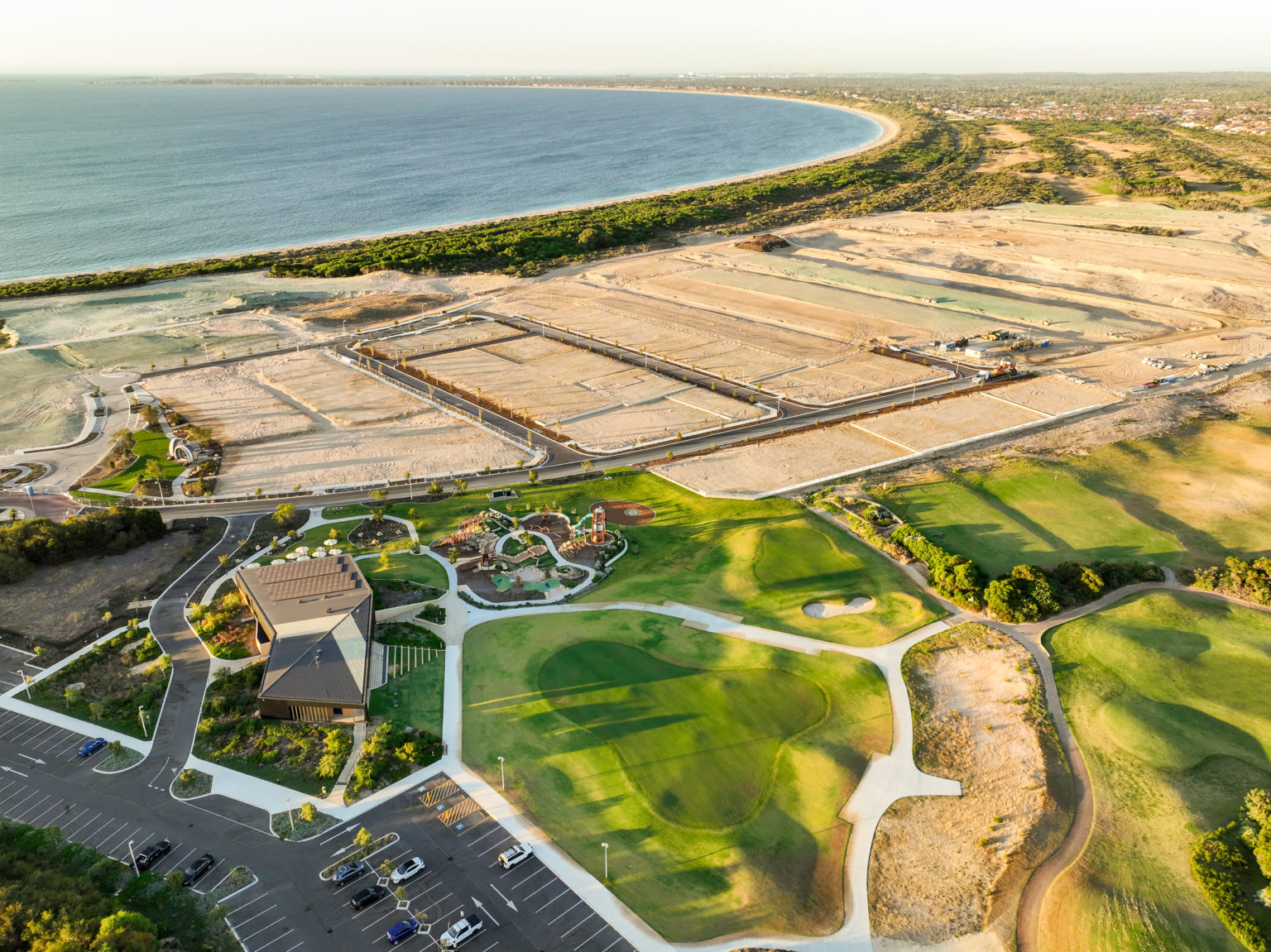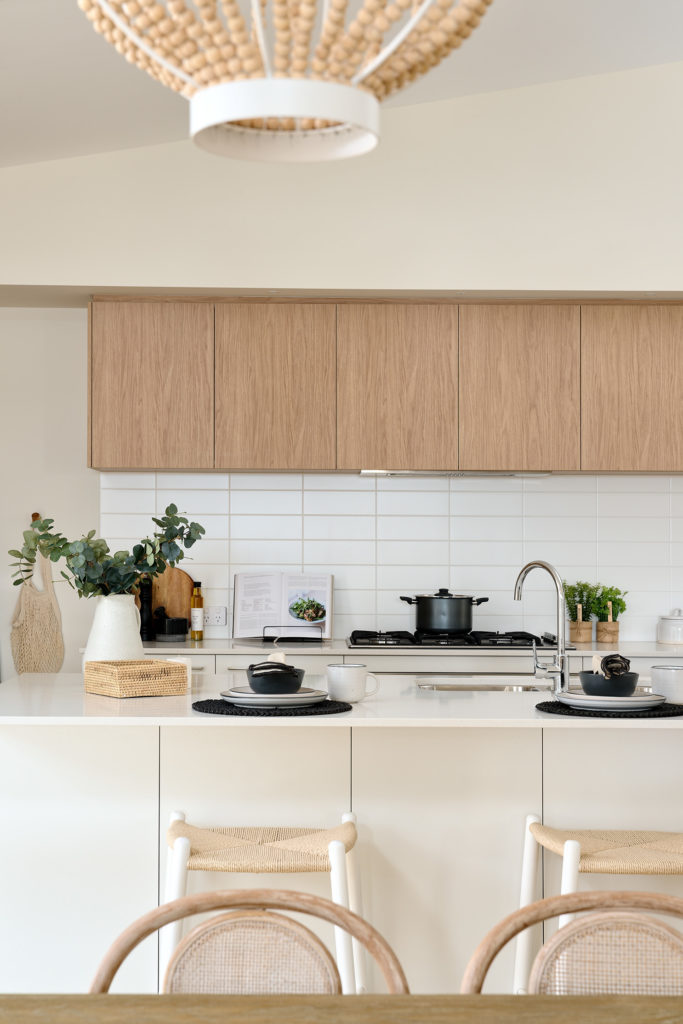When it comes to searching for the perfect block of land, there are a number of factors you should take into consideration. We’ve compiled our top 10 tips below to help you on your hunt!
1. CHOOSE YOUR BUILDER FIRST
If you can, we highly recommend partnering with your builder before you start the search for a block of land. The most critical aspect of your journey to a new home, is the choice of who you build with. You want to align yourself with a trustworthy builder who is financially secure and puts their customers first.
The right builder will not only be able to help you locate the perfect plot of land, but they’ll likely have exclusive access to land that you could not source yourself. Plus they’ll be able to curate a home design that complements both the block and your preferences.
2. IS THE BLOCK WITHIN A REPUTABLE ESTATE?
Irrespective of whether you’re purchasing a property in a newly developed or well-established suburb, it is important to do some research on the local area and gain insights into the community you will soon become a part of it. Take the time to assess whether the new estate is being crafted by a reputable developer of it the established community boasts a secure reputation and favourable resale value. If you can, speak to a few local agents and residents – you don’t want to move into an area that doesn’t suit your lifestyle!
3. HOW ACCESSIBLE IS THE LOCATION? WHAT TRANSPORT OPTIONS ARE AVAILABLE?
When considering the location of the block within the suburb, it is essential to assess factors such as whether it is situated on a quiet or busy street and the ease of accessing major roads or freeways. Evaluating the bigger picture is crucial, taking into account both the local street appeal and the long-term value retention. If public transport is something you rely on, we advise investigating the proximity of train stations or bus routes, as well as any future development plans around transport infrastructure, as this can significantly impact your lifestyle and weekly expenses.
4. WHAT AMENITIES ARE NEARBY?
Consider the block’s location in regards to essential amenities such as shops, schools, child care centres, petrol stations and community facilities. Enquire with the local council about any upcoming plans for the development of nearby amenities. If minimising travel distance is a priority for you, it is crucial to research the area to ensure that the chosen block and estate aligns with your needs.
If you enjoy getting out in nature it’s a good idea to sus out the local parklands and open spaces – especially if you have kids or a dog! Take a drive around the area or have a detailed look at the masterplan of the estate to see what areas will be developed.
5. WHAT SHAPE AND SIZE IS THE LOT?
Does the size of the lot align with the house design you have in mind? It’s worth noting that certain developers design estates with smaller lots to promote the construction of two or three-storey homes, which can significantly increase your building costs. It’s also important to be aware that various councils enforce different rules and regulations regarding the placement of your home on the block. Be sure to look into any guidelines around this so you aren’t disappointed later down the track.
6. ARE ANY SITEWORKS REQUIRED? WHAT IS THE BLOCK LEVEL?
Site works are the preparatory works that must take place on a lot before the house is built and typically incur additional costs. These expenses can vary considerably from one site to another, but careful lot selection and thorough research can help minimise them. One thing to be mindful of is sloped lots as they can significantly impact your building costs. As a general guideline, each meter of fall on a sloped site can add an extra $10k to your total cost. This can accumulate rapidly, particularly if your block requires retaining walls or a split-level design.
7. CHECK THE SOIL CONDITION
Check out the soil classification and grab a copy of the developer’s report to assess important factors such as remediation, rock and fill content, reactive soil, trees, and water table levels. Soil quality if crucial as it affects compaction, drainage, soil movement and potential costs around footings and foundations.
8. WHAT SERVICES ARE AVAILABLE?
Identify what utilises and services are available for you to connect to such as gas, telephone, water, electricity, NBN, fibre optic, sewer and stormwater. These utilities are usually provided in suburban estates but it’s always a good idea to double check.
9. WHAT DESIGN GUIDELINES AND COVENANTS APPLY?
When considering new estates, it is important to be aware that extensive covenants can impose limitation on your desired design and choice of building materials, potentially resulting in increased costs. Covenants are typically indicated on the Title of the block so it’s important to carefully review your documents and seek additional information from your agent or conveyancer to understand the fine print.
10. WILL YOU RECIEVE ANY REBATES OR INCENTIVES?
Many land developers provide a rebate for landscaping and fencing, promoting a sense of consistency within the estate. Additionally, they can offer various incentives like cash bonuses or vouchers to attract potential buyers. You could save substantial amounts if you make the most of these offerings so it’s a good idea to explore the different options available and compare offerings to maximise your savings.




